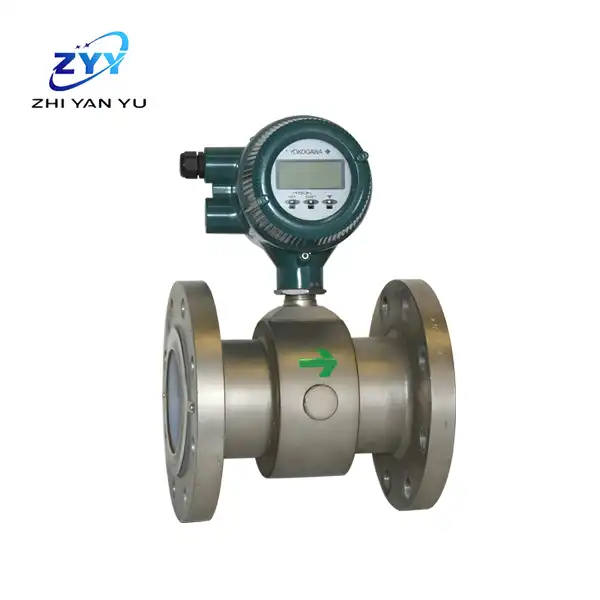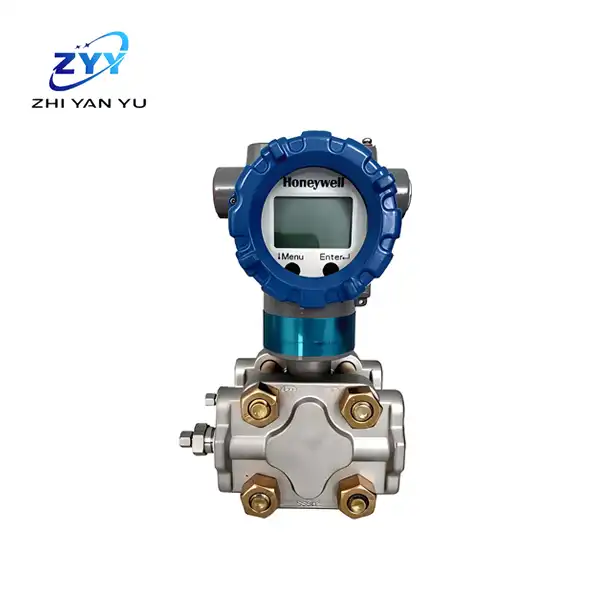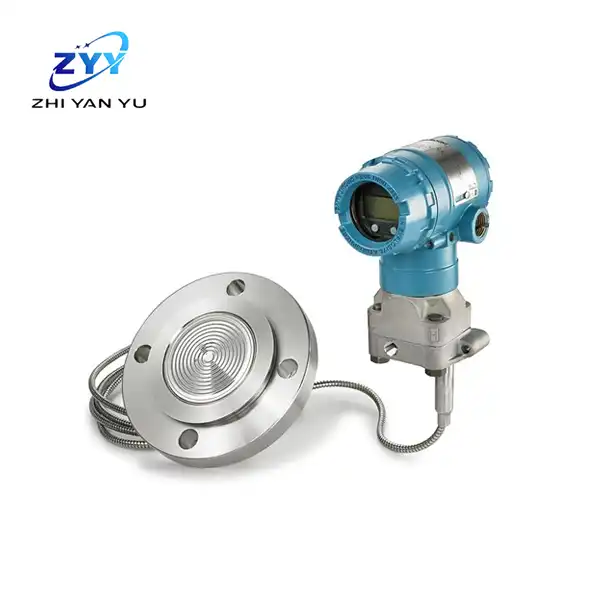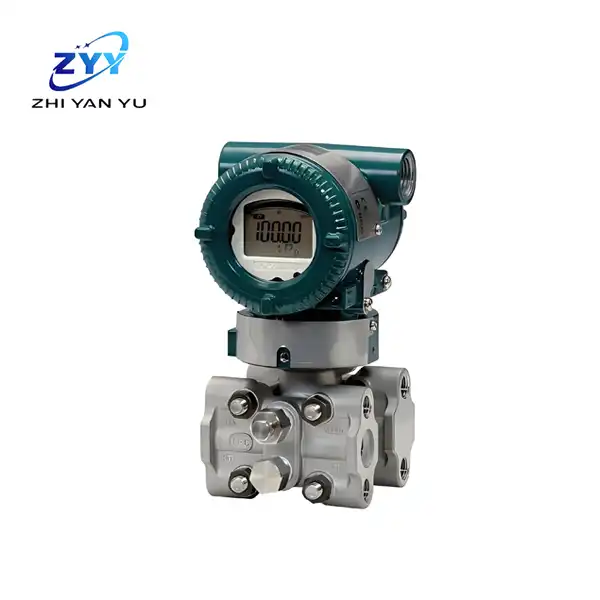- English
- French
- German
- Portuguese
- Spanish
- Russian
- Japanese
- Korean
- Arabic
- Greek
- German
- Turkish
- Italian
- Danish
- Romanian
- Indonesian
- Czech
- Afrikaans
- Swedish
- Polish
- Basque
- Catalan
- Esperanto
- Hindi
- Lao
- Albanian
- Amharic
- Armenian
- Azerbaijani
- Belarusian
- Bengali
- Bosnian
- Bulgarian
- Cebuano
- Chichewa
- Corsican
- Croatian
- Dutch
- Estonian
- Filipino
- Finnish
- Frisian
- Galician
- Georgian
- Gujarati
- Haitian
- Hausa
- Hawaiian
- Hebrew
- Hmong
- Hungarian
- Icelandic
- Igbo
- Javanese
- Kannada
- Kazakh
- Khmer
- Kurdish
- Kyrgyz
- Latin
- Latvian
- Lithuanian
- Luxembou..
- Macedonian
- Malagasy
- Malay
- Malayalam
- Maltese
- Maori
- Marathi
- Mongolian
- Burmese
- Nepali
- Norwegian
- Pashto
- Persian
- Punjabi
- Serbian
- Sesotho
- Sinhala
- Slovak
- Slovenian
- Somali
- Samoan
- Scots Gaelic
- Shona
- Sindhi
- Sundanese
- Swahili
- Tajik
- Tamil
- Telugu
- Thai
- Ukrainian
- Urdu
- Uzbek
- Vietnamese
- Welsh
- Xhosa
- Yiddish
- Yoruba
- Zulu
Leveraging valve positioners for optimizing plant reliability and uptime
2024-07-17 17:00:53
Leveraging Valve Positioners for Optimizing Plant Reliability and Uptime
In today's competitive industrial landscape, maximizing plant reliability and uptime is crucial for ensuring smooth operations and maintaining a competitive edge. One often overlooked aspect of achieving this goal is the optimization of valve positioning systems. Abb Valve Positioners play a pivotal role in regulating the flow of fluids or gases in various industrial processes, and leveraging them effectively can lead to significant improvements in plant reliability and uptime. In this article, we will delve into the importance of valve positioners and explore how they can be utilized to optimize plant performance.
Understanding the Role of Valve Positioners
Abb Valve Positioners are integral to the seamless operation of industrial systems, providing precise control over the opening and closing of valves. These devices are designed to receive signals from controllers or process instruments, allowing them to accurately position the valve actuator. The pivotal role of valve positioners lies in their ability to regulate the flow rates of liquids or gases with utmost precision, thereby contributing to the maintenance of process stability and the prevention of disruptive incidents that could lead to substantial financial implications.
Furthermore, the utilization of valve positioners extends beyond mere operational control, as these devices significantly impact the overall reliability and uptime of industrial plants. Their capability to maintain optimal valve positioning and responsiveness directly translates into enhanced system reliability, mitigating the risk of unexpected downtime and associated productivity losses. By leveraging advanced valve positioners, industrial facilities can effectively optimize their operational efficiency, minimize maintenance requirements, and uphold stringent quality standards.
In addition to their foundational role in facilitating fluid flow management, modern valve positioners often integrate sophisticated sensor technologies and communication protocols, enabling them to provide real-time data feedback and diagnostic insights. This advanced functionality empowers plant operators and maintenance personnel to proactively address potential issues, optimize performance parameters, and streamline maintenance activities, ultimately bolstering the overall reliability and longevity of critical industrial infrastructure.
Enhancing Control Accuracy and Response Time
The utilization of Abb Valve Positioners presents a myriad of advantages, foremost among them being the significant enhancement of control accuracy and response time. In comparison to traditional manual valve control methods, which are susceptible to human error and often exhibit delays in response to process variations, valve positioners demonstrate unparalleled precision and rapid adjustment capabilities. This translates to the ability to exert tighter control over critical process variables while ensuring swift and agile responses to dynamic changes in operating conditions.
Moreover, the integration of advanced sensor technologies and sophisticated communication protocols in modern valve positioners further amplifies their impact on control accuracy and response time. By leveraging real-time data feedback and diagnostic insights, these cutting-edge devices empower industrial operators to proactively address potential issues and optimize performance parameters with unprecedented speed and efficiency. This enhanced responsiveness not only bolsters the overall reliability and uptime of industrial systems but also lays the foundation for proactive maintenance strategies and streamlined operational workflows.
Furthermore, the evolution of valve positioners towards intelligent, adaptive control solutions has revolutionized the landscape of industrial automation, enabling seamless integration with broader control systems and predictive maintenance frameworks. This convergence of technologies not only elevates control accuracy and response time but also paves the way for anticipatory, data-driven decision-making processes, fostering a paradigm shift towards proactive and predictive operational management.
Optimizing Plant Reliability Through Preventive Maintenance
Ensuring the sustained reliability of industrial equipment, such as valve positioners, necessitates the adoption of proactive maintenance strategies. Regular inspection, calibration, and lubrication form the cornerstone of preventive maintenance protocols, serving to proactively identify and rectify potential issues before they escalate into costly breakdowns. By adhering to a structured maintenance schedule, industrial operators can mitigate the risk of unplanned downtime and optimize the operational lifespan of critical assets.
Furthermore, the integration of advanced predictive maintenance techniques holds immense potential for optimizing plant reliability. Leveraging cutting-edge technologies like condition monitoring sensors and predictive analytics algorithms enables real-time assessment of equipment health and performance trends. By analyzing data patterns and detecting subtle deviations from normal operating parameters, maintenance teams can preemptively address impending issues, thereby minimizing the likelihood of unexpected failures and maximizing asset uptime.
Moreover, the implementation of a comprehensive reliability-centered maintenance (RCM) framework can further bolster the effectiveness of preventive maintenance initiatives. By prioritizing maintenance activities based on risk assessment and criticality analysis, organizations can allocate resources more efficiently and focus efforts on mitigating the most significant threats to reliability. This strategic approach not only enhances equipment reliability but also optimizes resource utilization, driving operational efficiency and cost savings.
Improving Energy Efficiency and Environmental Sustainability
Efforts to optimize plant reliability and uptime often align with broader goals of enhancing energy efficiency and promoting environmental sustainability. Abb Valve Positioners contribute to these objectives by enabling more precise control over process variables, reducing energy consumption, and minimizing waste. By optimizing valve performance and minimizing leaks or emissions, industries can minimize their environmental footprint and operate more sustainably.
Maximizing Uptime Through Redundancy and Failover Mechanisms
Despite proactive maintenance efforts, unexpected equipment failures can still occur, leading to unplanned downtime and production losses. To mitigate the impact of such events, it is essential to implement redundancy and failover mechanisms in valve positioning systems. By deploying backup positioners, valves, or control strategies, industries can minimize the risk of extended downtime and ensure continuous operation even in the event of equipment failures.
Contact Us for Professional Valve Positioning Solutions
As a leading manufacturing supplier specializing in Abb Valve Positioner systems, we are committed to helping industries optimize plant reliability and uptime. With our GMP-certified factory, extensive inventory, and OEM support capabilities, we provide high-quality valve positioners tailored to the unique needs of our customers. Whether you require fast delivery, comprehensive testing support, or tight packaging solutions, we have you covered. Contact us at lm@zyyinstrument.com to learn more about how our products and services can benefit your operations.
References:
- Valve Positioner Basics: https://www.emerson.com/documents/automation/valve-positioner-basics-en-186067.pdf
- Importance of Valve Positioners in Process Control: https://www.controlglobal.com/articles/2009/importance0902/
- Enhancing Plant Reliability Through Valve Positioner Maintenance: https://www.plantservices.com/articles/2017/valve-positioner-maintenance/
- Energy Efficiency Opportunities in Industrial Valve Control: https://www.energy.gov/eere/amo/articles/energy-efficiency-opportunities-industrial-valve-control
- Redundancy Strategies for Improving System Reliability: https://www.plantservices.com/articles/2016/redundancy-strategies/
YOU MAY LIKE

AXG Magnetic Flowmeter
Unobstructed flowing parts
Large nominal diameter range
Novel excitation method
Converter and sensor can be separated
High microprocessor performance
Bidirectional measuring system
Self-test and self-diagnostic functions

Honeywell Pressure Transmitter St700
The output signal is usually 4-20mA.
Signal is linearly related to pressure.
The control panel adjusts the sensitive components.
Provides output signal calibration options.
Pressure testing ensures resistance to extreme pressures.

Rosemount 2051CD differential pressure transmitter

Yokogawa EJA110E High performance differential pressure transmitter

